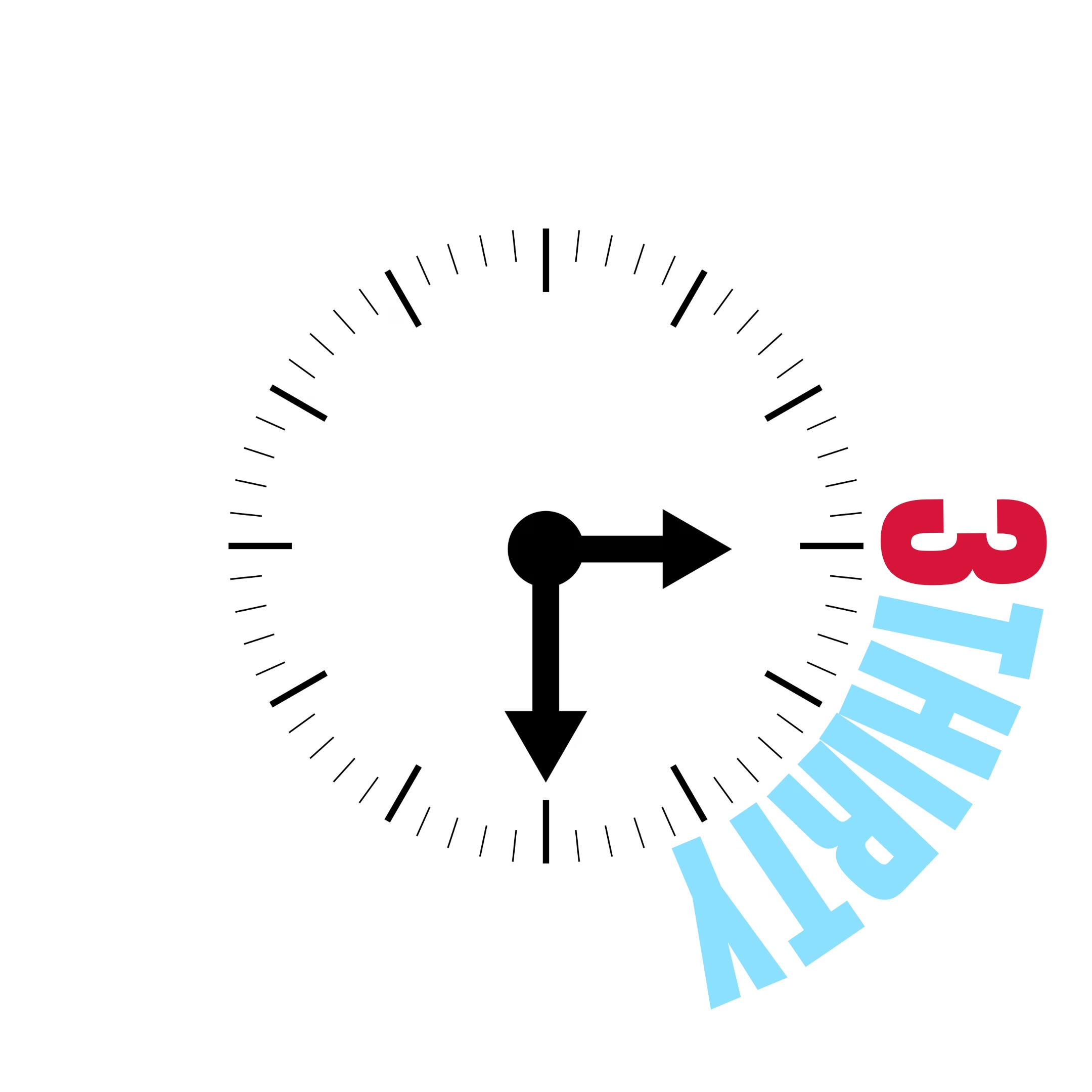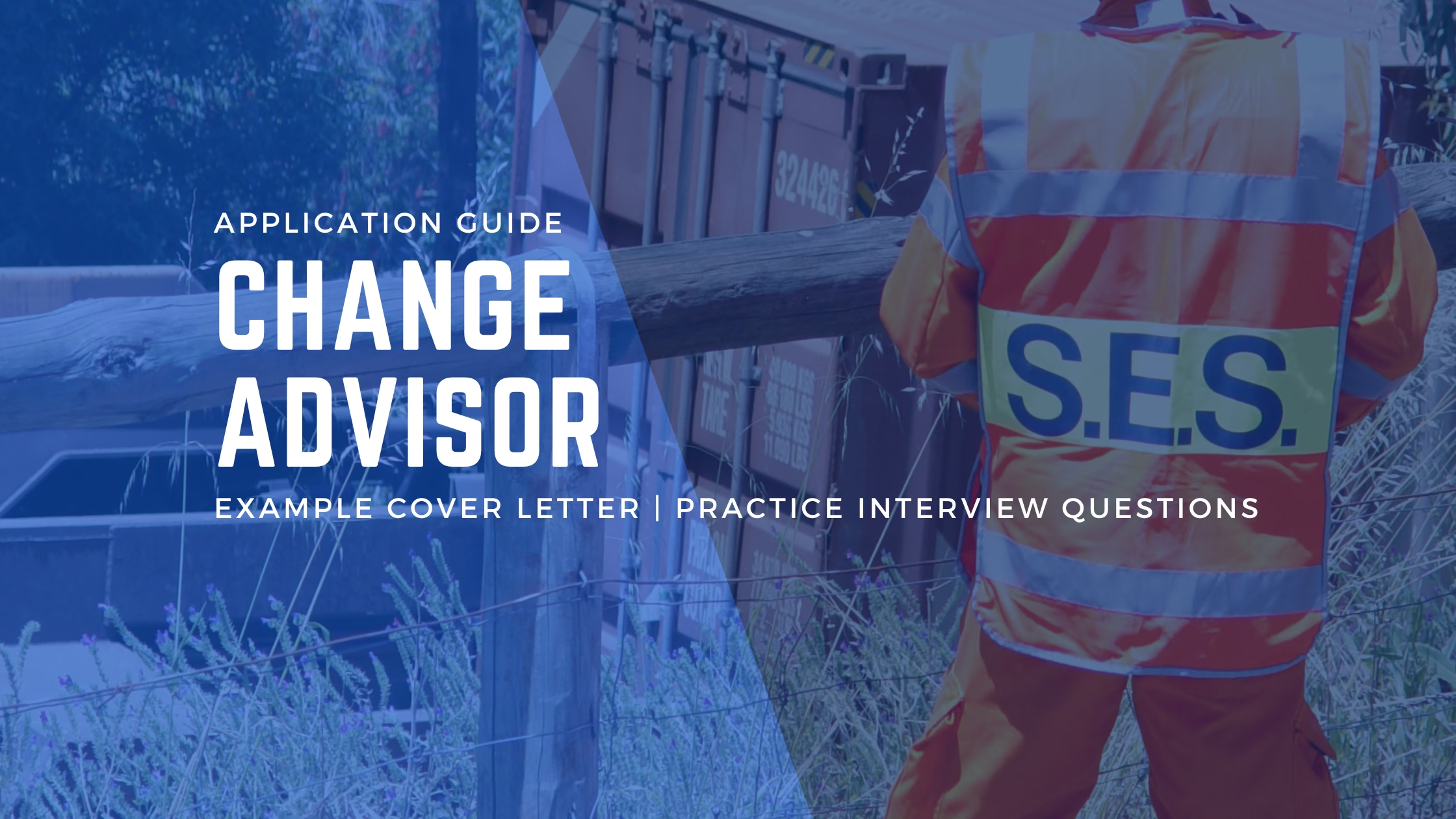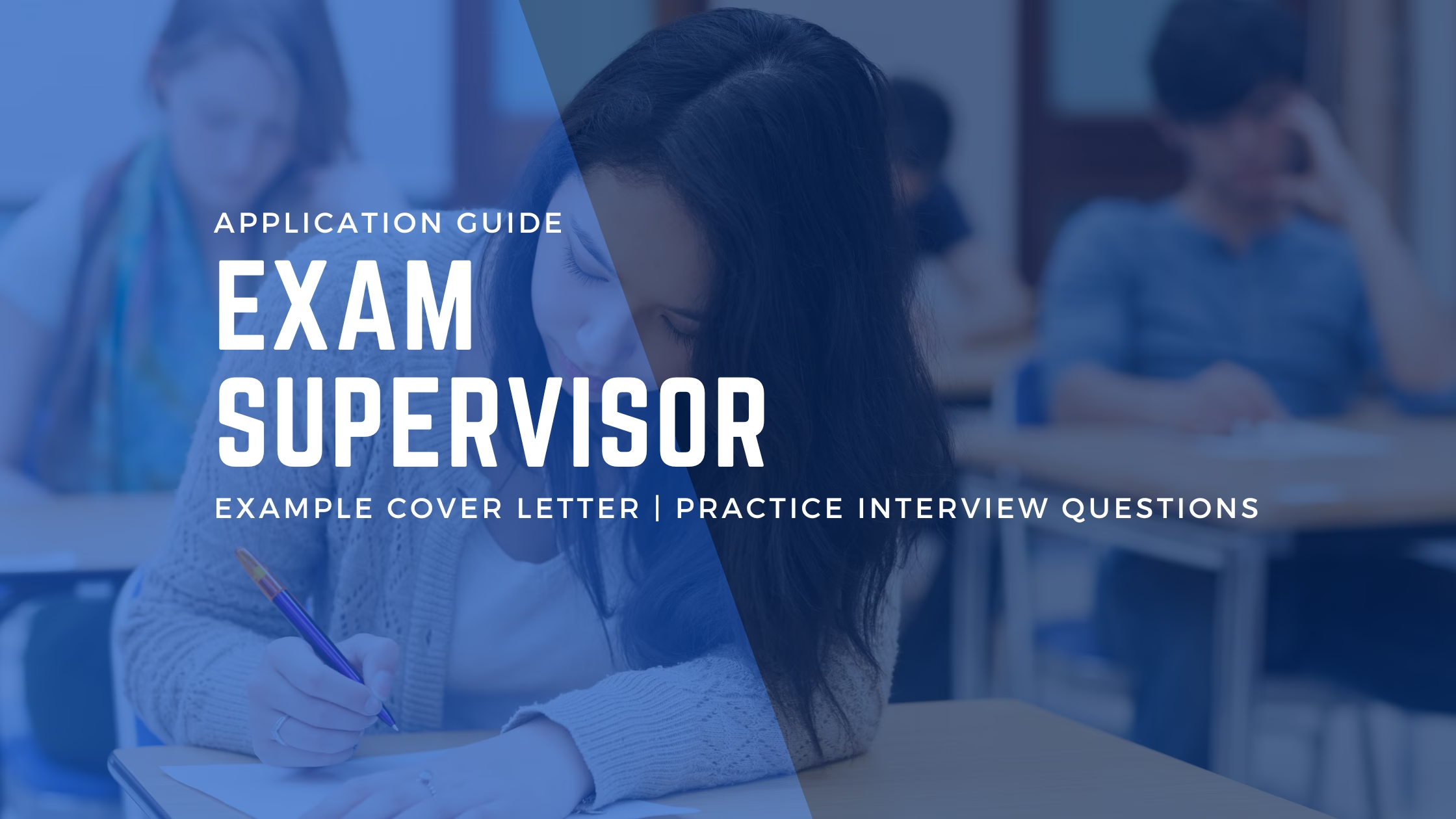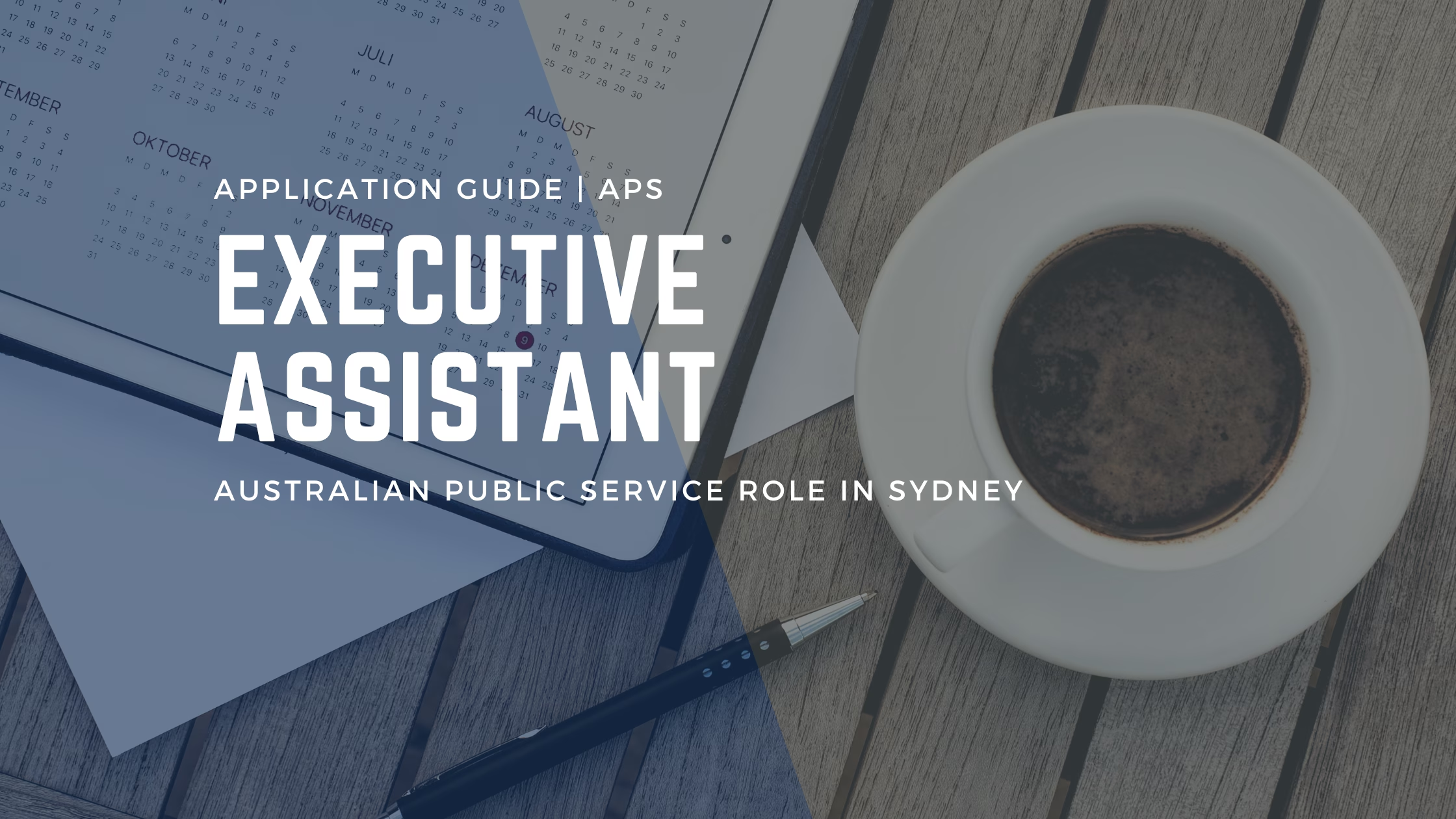If you’re experienced in managing organisational transformation and want a career that makes a real difference, this change management opportunity with the NSW State Emergency Service (NSW SES) might be exactly what you’re looking for.
This article breaks down everything you need to know about applying for the Change Advisor position and succeeding in the NSW Public Sector recruitment process. We’ve included a full example cover letter, tailored tips, and links to helpful templates and guides.
If you’re new to public sector recruitment, check out this unofficial guide to NSW Public Sector recruitment for more insider tips and context.
Table of Contents
Change Management Advisor Salary and Position Overview
| Position Title | Change Advisor |
|---|---|
| Organisation/Entity | NSW State Emergency Service |
| Job Location | Wollongong & The South Coast |
| Work Type | Full-Time (1 x ongoing, 1 x temporary to 30.06.26) |
| Base Pay | $110,266 – $122,058 + 11.5% Super |
| Closing Date | 25 May 2025 – 11:59 PM |
About the Change Advisor Role with NSW SES
The NSW SES Change Advisor supports the implementation and adoption of systems and processes that improve how services are delivered. You’ll join a collaborative EPMO team working across agile and hybrid environments to embed best-practice change management.
As part of a volunteer-based emergency service, your role also involves ensuring both staff and volunteer members embrace change and understand how transformation projects improve safety, preparedness, and community resilience.
You’ll be embedded in a passionate team but empowered to take ownership of change initiatives from start to finish. Whether it’s developing a full change management strategy or executing a volunteer engagement campaign, your work will shape how people embrace innovation across one of NSW’s most vital emergency services.
Key responsibilities include:
- Designing tailored change plans that reflect the realities of field-based and volunteer-heavy teams
- Running impact assessments, stakeholder analysis, and readiness reviews that cut through the noise
- Coordinating a forward change calendar so teams can prepare for what’s ahead—and stay focused
- Creating clear, engaging communications that foster understanding and reduce resistance
- Providing frank, informed advice to project teams and leaders navigating organisational change
- Conducting post-implementation reviews that turn lessons learned into action
- Acting as a connector between teams, bringing together diverse viewpoints and building buy-in
This isn’t a “tick-the-box” change role. It’s a front-facing, people-powered position with real visibility and impact.
Challenges for Change Managers in Government
You’ll be supporting organisational change across a highly decentralised, community-focused agency. That means navigating:
- A dispersed, hybrid workforce of over 10,000 volunteers
- The unique needs of operational teams versus corporate stakeholders
- Resistance to change is common in frontline settings
- Projects that blend technical system rollouts with cultural shifts
If you’re experienced in agile change management and stakeholder engagement, you’ll put those skills to use straight away.
Why the NSW SES Change Management Role is a Great Opportunity
If you have experience with change management, this is a great chance to apply your experience in a government setting.
A few standout features of this recruitment include:
- Two roles available: permanent and long-term temporary
- Flexible hybrid work arrangements (including 9-day fortnights or 4-day weeks)
- Direct involvement in transformation programs that improve emergency preparedness
- Part of a high-performing EPMO team with a strong reputation
- You could also get into the talent pool for similar government roles over the next 18 months
For anyone interested in emergency services careers, this is a rare opportunity to bring your skills to a mission-driven team.
Application Requirements for Government Change Management Roles
Change Advisor Application Process
To apply for this NSW Public Sector role, you must include:
- A one-page cover letter addressing the essential criteria
- Responses to two targeted questions (max one page each)
- A resume of no more than four pages
This format is typical in NSW government change management recruitment. The hiring panel expects you to demonstrate relevant experience through concise, structured writing. If you’re unfamiliar with how to apply for NSW Public Sector jobs, the key is aligning your documents to the role’s focus capabilities. Check out this guide on how to write an effective cover letter for government jobs.
Essential Role Requirements
In the Role Description for NSW Government jobs you’ll find the essential role requirements. For this role they are:
- Relevant qualifications in change management or a related discipline and/or relevant experience in a change role
- Thorough knowledge of AIIMS principles and processes, and/or willingness to obtain competence within 12 months
The job ad also lists requirements in the ‘About You’ section of what the hiring manager is looking for:
- Possess relevant experience in providing change management delivery support, ideally in a system implementation or process improvement project using agile approaches in a hybrid environment.
- Have demonstrated change management experience in the successful delivery of change within a large organisation with a geographically dispersed workforce.
- Be proficient in building and maintaining relationships with internal and external stakeholders at all levels, communicating effectively to influence and negotiate.
In your cover letter, you will want to address all of these requirements. When addressing the experience required for the role, use clear STAR method examples.
Use the STAR method to showcase examples that meet the criteria above. You can use the role’s focus capabilities to guide your content when giving your examples.
You also need to respond to targeted questions. Your responses can be on a separate page attached to the cover letter.
Change Management Advisor Targeted Questions
- Describe a specific project where you provided change management delivery support to plan and execute activities to optimise engagement and support adoption?
- Think of a time in this or another project where your change management plans had to be adapted to suit the dynamic needs of the organisation and project stakeholders. How did you demonstrate agility and adapt your plans ensuring alignment amongst the project team and the sponsor?
NSW Government Focus Capabilities For Change Management
The NSW Capability Framework is the benchmark used to assess government job applicants. You can access the full framework here: NSW Capability Framework.
In your cover letter, responses, and resume, use STAR examples that align to relevant focus capabilities for the role,
| Capability (Level) | Behavioural Indicator Summary |
|---|---|
| Manage Self (Adept) | Stay motivated, seek feedback, reflect on performance, and look for ways to grow and improve. |
| Communicate Effectively (Adept) | Tailor communication to different audiences, explain complex ideas clearly, and use multiple channels to engage others. |
| Work Collaboratively (Adept) | Promote cooperation, share knowledge, and use collaboration tools to improve processes and outcomes. |
| Plan and Prioritise (Adept) | Align team goals with broader objectives, plan ahead, manage competing priorities, and support change. |
| Think and Solve Problems (Adept) | Apply critical and creative thinking, assess risk and impact, and contribute to continuous improvement. |
| Project Management (Adept) | Deliver structured project outcomes, define goals and risks, monitor progress, and evaluate success. |
| Manage Reform and Change (Intermediate) | Support and promote change, adapt to uncertainty, and help others navigate new priorities. |
When you are writing STAR Method examples in your cover letter, try to link them as much as possible to the skills described above.
NSW SES Change Advisor Application Checklist
| ✅ Task | Resources |
|---|---|
| Review the job ad and role description | Link to Job Ad |
| Write your cover letter using a proven structure | Free Template |
| Answer targeted questions using STAR | Guide for STAR method examples |
| Update your resume (max 4 pages) | Focus on relevant change experience |
| Get your cover letter reviewed | Expert Government Cover Letter Review |
Who Could Apply For This Government Change Management Role?
Emma is a change professional currently contracting with a major university. She has led business transformation and digital enablement projects using agile approaches and has built solid experience delivering change across a series of major contracts, typically ranging from six to twelve months.
Emma has been actively seeking a transition into government for greater job stability and long-term career development. She’s particularly drawn to this role as it aligns with her interest in eventually leading public sector teams and building a career in emergency management.
With a strong interest in emergency services careers and a desire to contribute to more meaningful work, Emma is applying for the Change Advisor role to support frontline teams and champion the adoption of change across high-impact environments.
Example Cover Letter For Change Management Role
Click here to download a free public sector cover letter template
Dear Hiring Manager,
I am writing to express my interest in the Change Advisor role with the NSW State Emergency Service. With a strong track record in agile change management, and a deep commitment to delivering outcomes in complex, people-focused environments, I believe I would be a valuable asset to your team.
Over the past four years, I have supported large-scale transformation projects in the higher education and public health sectors. Most recently, I provided change delivery support for a system implementation program at a major university. This involved developing change impact assessments, mapping stakeholder needs across multiple faculties, and coordinating phased communications to support adoption. Operating in a hybrid environment, I partnered closely with IT, HR, and academic leadership to ensure consistent messaging and timely engagement. As a result, the university exceeded its onboarding targets within the first quarter post-implementation.
In another contract, I worked on a state-wide workforce redesign initiative that affected hundreds of staff across regional and metropolitan locations. My focus was on stakeholder engagement and resistance management. I led workshops to surface frontline concerns and collaborated with project leads to co-design solutions that responded to feedback. This experience sharpened my ability to deliver change in a geographically dispersed organisation and to navigate competing priorities with sensitivity and confidence.
Across both roles, I have consistently demonstrated the ability to influence and negotiate with diverse internal and external stakeholders. I take a considered approach to communication—whether crafting executive updates, facilitating town halls, or building trust with impacted teams. I am known for being approachable and outcome-focused, and I actively seek feedback to improve my delivery.
In terms of formal qualifications, I hold a Certificate in Change Management (Prosci methodology), and I am well-versed in industry best practice. While I have not yet had the opportunity to apply AIIMS in a practical setting, I am highly motivated to gain competence and would welcome the chance to undertake relevant training within the first 12 months of the role.
The mission of the NSW SES resonates strongly with me. I am drawn to this opportunity not only because of the meaningful work but also because of the chance to contribute to an organisation that plays a vital role in community resilience.
I am also interested in developing my career further in the public sector, with the long-term goal of supporting and leading teams in emergency management contexts.
Thank you for considering my application.
Yours sincerely,
Emma
Change Advisor Targeted Question Responses
Describe a specific project where you provided change management delivery support to plan and execute activities to optimise engagement and support adoption.
In 2023, I was contracted as a Change Lead on a major digital transformation project at a large university. The initiative involved the implementation of a new research management system used by over 1,000 academics and professional staff. My primary responsibility was to support system adoption and reduce resistance across diverse faculties and administrative units.
To begin, I conducted a stakeholder mapping and change impact assessment to understand the varying levels of change readiness across departments. These insights shaped the tailored engagement and communication plan I created in partnership with the project’s Communications Advisor. I segmented stakeholder groups by function and role and developed customised messaging for each cohort. For example, I coordinated onboarding webinars for academic staff, while also running small-group Q&A sessions for research administration officers who had more detailed process concerns.
Recognising that early adopters would play a key role in modelling new behaviours, I implemented a Change Champion Network. I selected and trained 15 representatives across faculties to act as peer mentors. This improved communication flow and built internal capability within each team. To reinforce these activities, I partnered with the Learning and Development team to co-design and deliver training modules that catered to various learning styles.
Throughout the rollout, I maintained a change heat map and risk log to track engagement metrics and adoption patterns. Where resistance emerged—particularly among senior researchers concerned about system complexity—I held targeted feedback sessions, feeding insights back to the product team for UI improvements. These changes were reflected in later versions of the tool and directly contributed to a better user experience.
The result was a high adoption rate. Within the first month of launch, 87% of active researchers had successfully completed onboarding. A post-implementation survey revealed a 92% satisfaction rate with the change support provided. This project stands out as one where structured planning, proactive stakeholder engagement, and adaptive delivery helped ensure a smooth transition and strong uptake.
Think of a time in this or another project where your change management plans had to be adapted to suit the dynamic needs of the organisation and project stakeholders. How did you demonstrate agility and adapt your plans ensuring alignment amongst the project team and the sponsor?
While supporting a workforce redesign initiative within a large state-based public health agency, I encountered a situation that required significant adjustment to our initial change management plans. The project aimed to introduce new service delivery models across regional and metropolitan areas, but midway through the change process, the Department issued a directive requiring urgent reprioritisation of resources due to emerging health system pressures.
This unexpected change shifted the scope of several implementation streams and compressed timelines for staff consultation. To respond, I called a project team workshop with internal sponsors and regional managers to reassess stakeholder impact and re-sequence planned change activities. I proposed a revised stakeholder engagement strategy that maintained a minimum level of consultation while fast-tracking core communications.
A key adaptation was implementing a “digital-first” approach to engagement. We replaced a planned series of face-to-face workshops with interactive webinars, supported by an online feedback portal. I worked closely with our internal Communications team to ensure that messaging remained consistent, and that regional staff were provided with tailored information packs that reflected their operational realities.
To ensure that staff concerns were still captured meaningfully, I launched targeted pulse surveys to gather input from frontline teams. I summarised this feedback in regular reports to the project sponsor, who used the insights to reinforce alignment between the project’s revised scope and staff priorities. At the same time, I adjusted the change readiness assessment schedule, shortening intervals but increasing frequency to monitor sentiment in real time.
These adjustments enabled the project to maintain momentum and protect staff engagement during a high-pressure transition. The sponsor later acknowledged the agility and responsiveness of the change support team, noting that the flexibility shown helped the project avoid delays and maintain trust.
This experience underscored the importance of balancing responsiveness with structure. By maintaining open communication with both the sponsor and implementation leads, I was able to ensure that our pivot still aligned with strategic goals—and that staff were supported throughout an otherwise disruptive process.
How To Use The STAR Technique For Change Management Roles
The STAR method—which stands for Situation, Task, Action, and Result—is a powerful way to structure examples that clearly demonstrate your experience and impact.
In both the example cover letter and the targeted question responses, STAR is used to give depth and clarity to Emma’s experience delivering change management projects. The detailed breakdown of her actions and the outcomes she achieved provides strong, credible evidence of her capabilities. It helps hiring managers quickly see how her past work aligns with the skills and expectations of the role.
Using the STAR method across your application—particularly in your cover letter and responses to targeted questions—is the best way to show that you’re not only experienced, but effective. It helps you turn your experience into compelling stories that prove your value.
How to Prepare for a Public Sector Interview
Interview panels use the NSW Capability Framework to assess your readiness. Prepare by:
- Reviewing the role description’s focus capabilities
- Brainstorming examples of your past change management experience
- Matching these stories to capability indicators
- Structuring answers using STAR
- Practising responses aloud or with a friend
Here are some possible government style questions you might get asked in an interview for this role:
- Describe a time you led change in a volunteer or community setting.
- How do you tailor communication when managing change across dispersed teams?
- What tools or techniques do you use to ensure successful adoption?
To prepare, write down dot points to each question using the STAR structure. If you take notes into your interview, use this approach as well.
For this role, you’ll need to prepare your answers at the Adept and Intermediate levels for all the focus capabilities. You can download the Adept and Intermediate level workbooks here. Each workbook includes example government interview questions, each with a clear example on how to answer these questions using the STAR method and addressing the key behavioural indicators.
Get Your Change Advisor Application Ready
To apply for this role, open the job ad on IworkforNSW and start your online application early so you have time to focus on writing strong, tailored responses.
Your cover letter is your first chance to show you’re genuinely interested in the role. Take the time to write something clear, specific, and aligned to the requirements. To make it easier, use this free NSW Government cover letter template designed to match public sector expectations.
If you want to be sure you haven’t missed any key details, consider getting your cover letter reviewed by someone who understands what government hiring managers look for. Your cover letter and targeted questions will be assessed against a hiring manager checklist—it’s a fast way to boost your chances.




